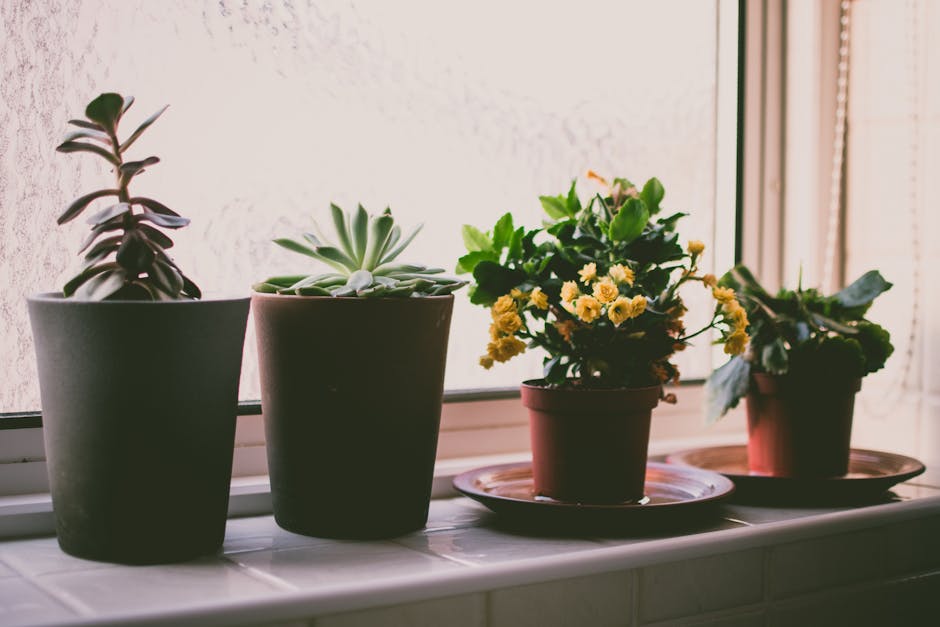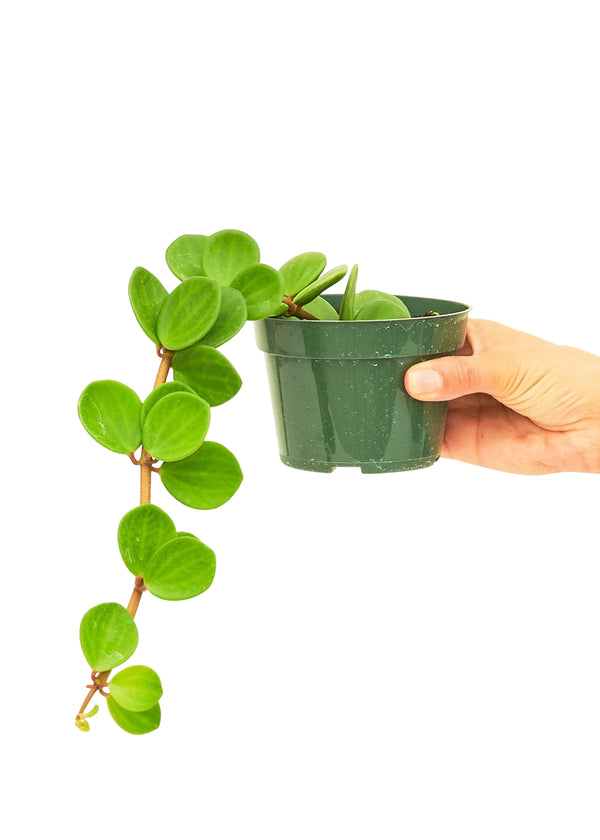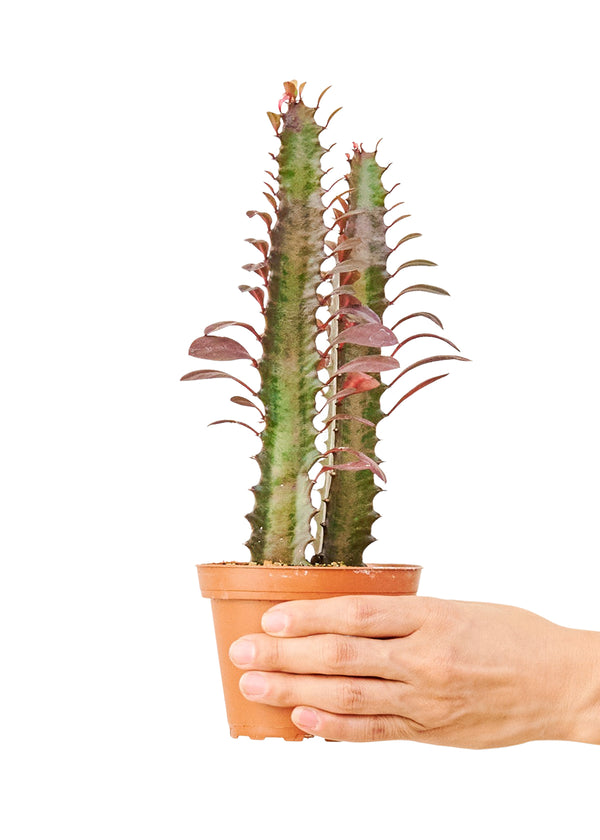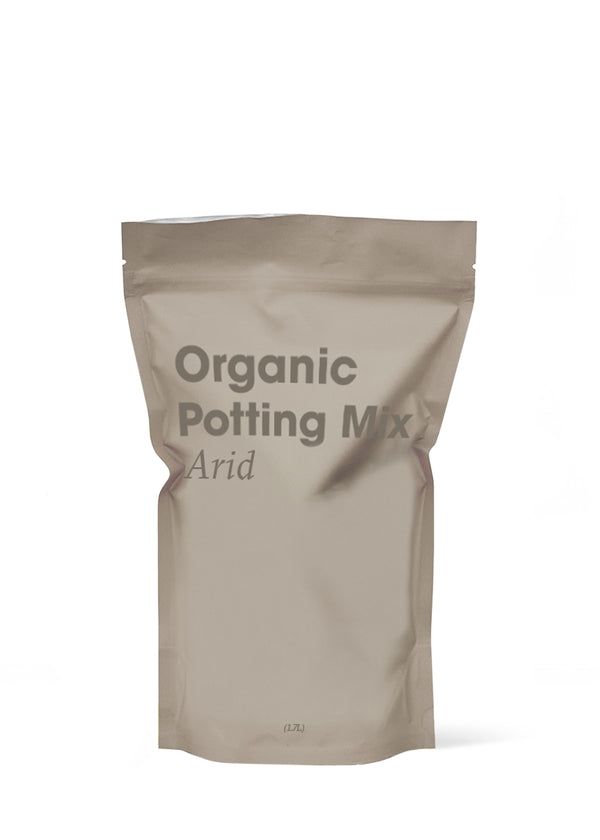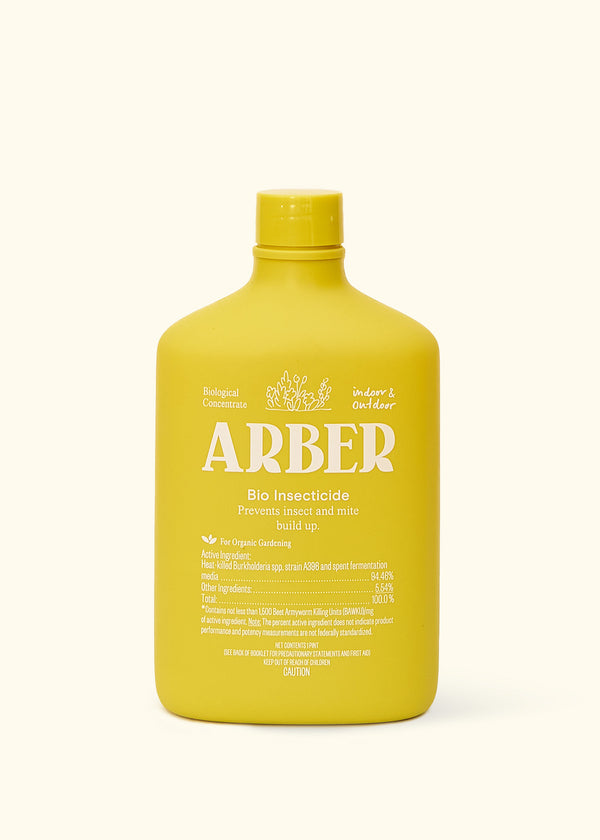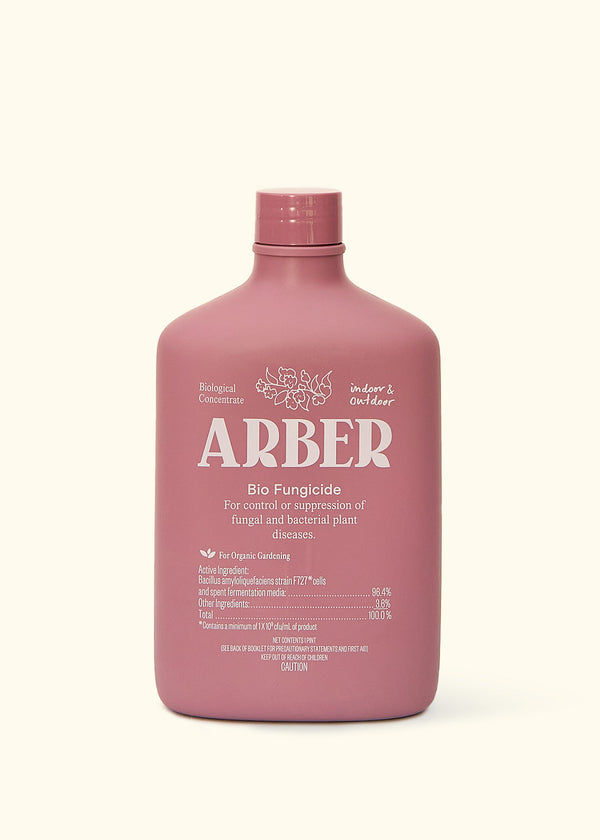Step into the enchanting world of green wonders where each leaf shares a tale of uniqueness and beauty. Explore the magic behind the appeal of rare houseplants that has captured the hearts of botanical enthusiasts and home decorators alike.
Discover the joys of caring for these precious greens, from creating the perfect environment for growth to learning about their individual characteristics. Let these green marvels breathe life into your living spaces and invigorate your senses with their lush presence. Embrace the therapeutic benefits of nurturing these exquisite botanical companions and witness the transformation they bring to your home. Join us on this journey of botanical fascination and uncover the secret world of green wonders waiting to be explored.
Understanding the Fascination: What Makes Houseplants Rare?

A plant’s rarity can stem from many factors—be it limited geographical locations, stringent growing conditions, or slow maturation processes. These characteristics make them hard to come by and cultivate, adding to their allure and demand among enthusiasts. This exclusivity often drives up their market value and makes them highly sought after by collectors and botanical researchers alike.
Rare houseplants often require specific climates or care routines that differ markedly from common indoor plants. This exclusivity not only challenges the hobbyist but also imparts a sense of uniqueness to their collection. If you are considering adding rare houseplants to your indoor garden, it is essential to research their individual needs thoroughly to ensure they thrive in your home environment. By carefully understanding and catering to the specific requirements of these plants, you can cultivate a truly diverse and impressive collection that will wow any plant enthusiast. For instance, the Monstera Albo and Philodendron Pink Princess are not just visually striking but also demand meticulous care, making them prized possessions.
Moreover, it’s not uncommon for these rare species to become highly sought after by collectors and enthusiasts, driving up their value in the market. The beauty and uniqueness of such plants often captivate the hearts of those who appreciate the intricacies of nature’s creations. Whether it’s a vibrant hue, a peculiar pattern, or an unusual form, rare plants have a way of standing out and leaving a lasting impression on all who encounter them. The Variegated String of Hearts, for example, with its delicate trailing vines and heart-shaped leaves, is a perfect example of a rare plant that adds a touch of elegance and exclusivity to any collection.

The Appeal of Rarity: Why Do People Love Rare Houseplants?
The lure of rare houseplants goes beyond their aesthetic appeal; they symbolize prestige and personal achievement. Cultivating something rare brings a distinct satisfaction, a green thumb badge of honor, if you will. Whether it’s the thrill of tracking down a coveted plant or the gratification of nurturing a species that few others possess, rare houseplants add a touch of exclusivity to any collection. Their allure lies in their scarcity and the dedication required to care for them, making them prized possessions for plant enthusiasts. The sense of accomplishment that comes with successfully growing a rare plant is unparalleled, solidifying one’s reputation as a true plant connoisseur.
These plants often become the centerpiece of a home, sparking conversations and admiration from visitors. They’re not just plants but conversation starters that reflect the owner’s plant care skills and dedication. Their lush foliage and vibrant blooms can brighten up any room, creating a sense of tranquility and bringing a touch of nature indoors. A well-placed plant can completely transform the ambiance of a space, adding warmth and freshness to the decor. With proper care and attention, these botanical beauties can thrive and continue to enhance the living environment for years to come.
Social Media Influence: How Instagram & Pinterest Contribute to the Hype

Platforms like Instagram and Pinterest have played pivotal roles in the soaring popularity of rare houseplants. Through beautifully curated feeds, enthusiasts showcase their leafy friends, inspiring others to start their own collections. The visual appeal of these platforms truly captures the vibrant hues and intricate patterns of various plant species, making it an ideal space for plant lovers to connect, learn, and seek inspiration. Social media has not only facilitated the exchange of plant care tips and tricks but has also fostered a sense of community among like-minded individuals who share a passion for botanical beauty. As the digital world continues to bloom, the green thumb community thrives in these virtual spaces, nurturing a global network of plant aficionados.

The visual appeal of these exotic plants against minimalist or boho-chic decors makes them highly desirable among the younger generations, eager to replicate these styles in their own spaces. Many interior designers and influencers often feature rare plants in their design projects, showcasing how they can enhance the overall aesthetics of a room. The unique shapes and vibrant colors of rare houseplants bring an element of nature indoors, creating a calming and rejuvenating atmosphere. Additionally, caring for rare houseplants can be a rewarding hobby, as they require specific care and attention to thrive, adding to the allure of owning them. With social media platforms flooded with images of stylish interiors adorned with exotic plants, it’s no wonder that they have become a must-have accessory for modern living spaces.
Collectors’ Joy: The Thrill of Hunting and Caring for Rare Specimens

For some collectors, the pursuit of rare specimens becomes a lifelong passion. The excitement of discovering a new addition to their collection never dulls, continuing to bring a deep sense of fulfillment. The process mirrors a treasure hunt, with each find unveiling a hidden gem that adds to their treasure trove of prized possessions. The journey is as rewarding as the acquisition, fueling their curiosity and passion for exploration.
The dedication to nurturing these plants, adjusting environments, and researching care requirements demonstrates the passion and commitment of collectors to their leafy companions. These dedicated individuals strive to create the perfect conditions for their plants to thrive, constantly seeking new knowledge and techniques to ensure the well-being of their green friends. Their enthusiasm is contagious, inspiring others to appreciate the beauty and benefits of cultivating a connection with nature through plant care.

Collectors often share stories and advice, creating a community bonded over the shared love of horticulture. These communities become a vital source of information, swaps, and sometimes, rare finds. Sharing experiences about caring for unique plants, discussing propagation techniques, and exchanging tips on plant care are common themes among plant enthusiasts. Additionally, members of these communities often organize plant swaps or sales, allowing collectors to expand their collection with new and exotic plants. The sense of camaraderie within these groups fosters a supportive environment where both novice and experienced collectors can learn from one another. Moreover, the shared passion for horticulture often leads to lasting friendships that extend beyond the confines of plant collecting.
The Investment Aspect: Are Rare Houseplants Worth the Price?
While some rare houseplants command steep prices, many enthusiasts see them as an investment. With proper care, these plants can grow more valuable over time, both financially and as irreplaceable elements of a personal collection. Additionally, the joy and satisfaction of nurturing these unique specimens often surpasses their monetary value. Delving into the world of rare houseplants can also lead to a deeper appreciation for the diversity and beauty of the natural world. As caretakers of these botanical treasures, enthusiasts play a crucial role in preserving and propagating rare species, ensuring their legacy for generations to come.

The value of rare houseplants isn’t just in their monetary worth but also in the joy and beauty they bring to a home. For many, this emotional and aesthetic return is well worth the investment. Cultivating and caring for unique plant varieties can add a sense of fulfillment and accomplishment to any space. Additionally, the process of watching these special plants thrive and grow can be a therapeutic and rewarding experience for plant enthusiasts.
Environmental and Ethical Considerations in Rare Plant Collecting
The pursuit of rare houseplants has raised important ethical considerations, especially regarding their source. Sustainability and conservation efforts are crucial to ensure that the natural populations of these plants are not endangered. It is essential for plant enthusiasts to be mindful of where and how their houseplants are sourced, supporting ethical practices that promote biodiversity and protect endangered species. Additionally, efforts should be made to propagate rare plants through responsible methods such as seed collection and sustainable cultivation practices, rather than contributing to the depletion of wild populations. By supporting ethical sourcing and conservation initiatives, plant lovers can enjoy their hobby while also contributing to the preservation of precious plant species for future generations.

Hobbyists are increasingly turning to reputable growers who use sustainable practices, ensuring their collections do not contribute to the depletion of wild populations. This shift towards ethical and environmentally conscious consumption is vital in preserving the biodiversity of plant species and promoting a more sustainable future for the planet. By supporting responsible growers, hobbyists can play a significant role in conservation efforts and help protect the delicate balance of ecosystems worldwide.
It’s crucial for plant enthusiasts to educate themselves on the origins of their plants and to prioritize environmentally friendly practices in their quest to expand their collections. Understanding where and how plants are grown can help enthusiasts make informed decisions to support ethical and sustainable practices in the horticultural industry. By choosing plants that are sourced responsibly and grown sustainably, enthusiasts can contribute to conservation efforts and promote biodiversity. Additionally, learning about the cultural significance of different plants can deepen one’s appreciation for the natural world and foster a greater sense of stewardship towards the environment. In a world where biodiversity is increasingly threatened, taking steps to cultivate plants mindfully and responsibly can make a meaningful difference in preserving our planet’s rich tapestry of flora.
How to Start Your Own Rare Houseplant Collection Responsibly
Starting a collection begins with research. Understanding the care needs, growth patterns, and ethical considerations of each plant will ensure a sustainable and enriching hobby. It’s important to choose plants that align with your lifestyle and the environment they will be placed in. Take time to learn about the specific requirements of each plant species to create a thriving collection that brings you joy for years to come.

Consider starting with some unique specimens from our Rare Gems collection, such as the "Alex" The Shingle Climber, and the "Ziggy" the Giant Air Plant. These plants not only add aesthetic appeal but also come with their own specific care routines that can help you gain experience.
Our community of like-minded collectors can provide invaluable knowledge and resources for acquiring rare plants ethically and caring for them properly. We often share tips on plant care and trading or selling rare specimens. Additionally, being part of our plant community allows for connections with experts who can offer advice on specific plant species and provide support and assistance when facing challenges with plant care. Through these interactions, collectors can not only expand their plant collection but also enhance their expertise and passion for cultivating rare and exotic plants.
Begin with more readily accessible rare plants to gain experience. As your confidence and expertise grow, so too can the rarity and diversity of your collection. You may start by exploring local nurseries and online shops that specialize in uncommon species to expand your botanical knowledge. Joining plant enthusiast groups and attending botanical events can also provide valuable insights and opportunities to exchange specimens with other collectors. Remember to research the specific care requirements of each rare plant you acquire to ensure they thrive in your environment. Gradually building your rare plant collection over time can be both a rewarding and educational journey.
The Lasting Appeal of Nature’s Rarest Beauties
As we’ve journeyed through the verdant world of rare houseplants, it’s clear their popularity is much more than a fleeting trend. These living gems offer us a unique connection to nature, a sense of accomplishment in our horticultural pursuits, and a splash of green beauty to our living spaces. Whether for their rarity, beauty, or the challenge they present, rare houseplants hold a special place in the hearts of collectors and enthusiasts, proving that sometimes the most precious treasures are the ones that grow.
Adding a rare houseplant to your collection can also provide a sense of discovery and exploration as you learn about its specific care requirements and growth habits. The thrill of finding and nurturing these botanical jewels adds a layer of excitement to the overall gardening experience, making each new leaf and bloom all the more rewarding. So, let your indoor garden flourish with the allure of rare houseplants, transforming your space into a sanctuary of natural wonders and vibrant green life.


